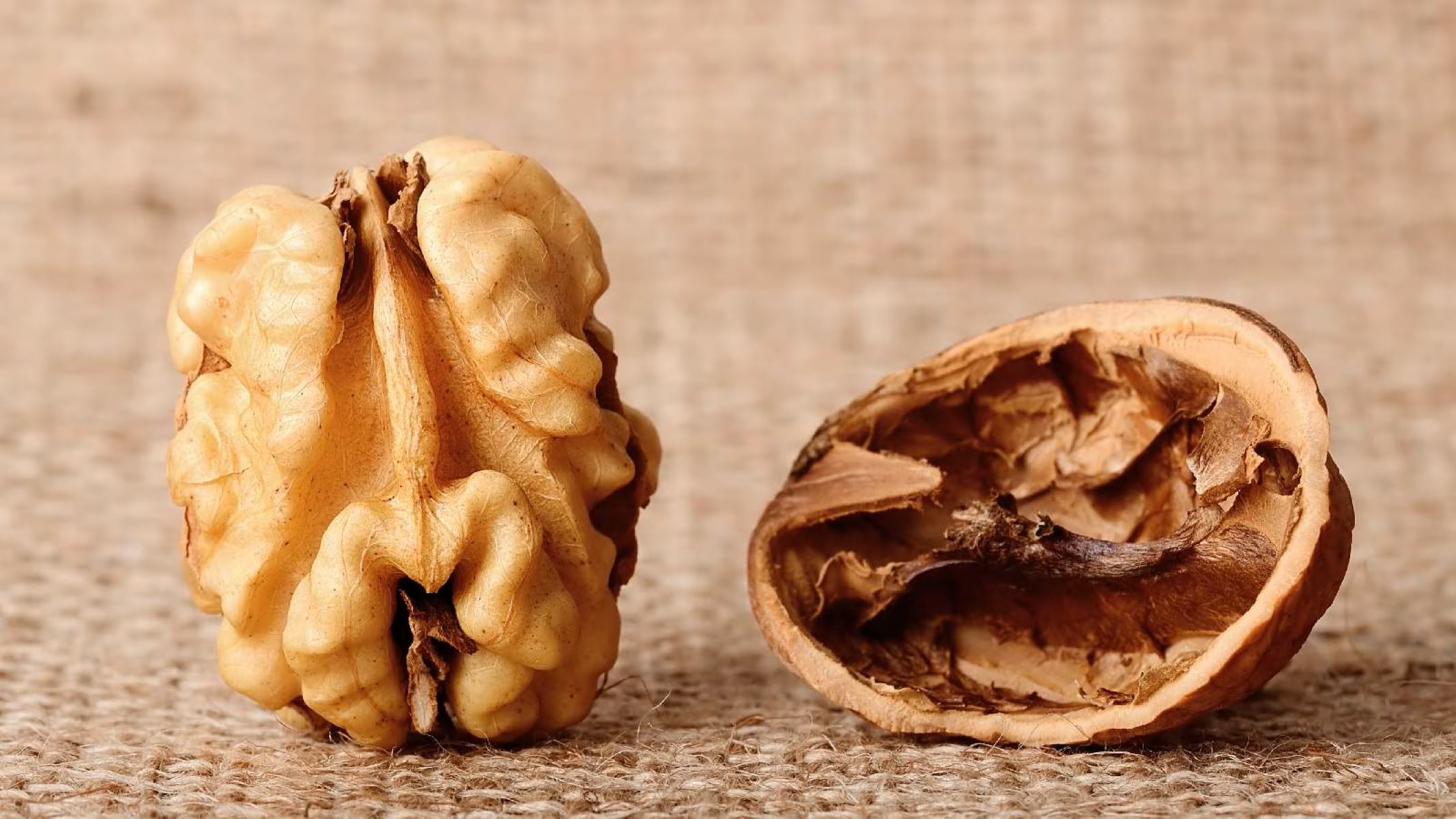

Articles
How To Store Walnuts After Opening
Modified: December 7, 2023
Learn how to store walnuts after opening in this informative article. Discover the best methods to keep them fresh and flavorful for longer.
(Many of the links in this article redirect to a specific reviewed product. Your purchase of these products through affiliate links helps to generate commission for Storables.com, at no extra cost. Learn more)
Introduction
Walnuts are a popular and nutritious nut that can be enjoyed in a variety of ways, from snacking to baking and cooking. However, once you open a package of walnuts, proper storage becomes crucial to maintain their freshness and quality. Improper storage can lead to a loss of flavor, texture, and even spoilage.
Whether you have a large quantity of walnuts or just a handful, understanding the importance of proper storage after opening is key to maximizing their shelf life. This article will guide you through the factors that affect walnut storage and provide guidelines to ensure that your walnuts stay fresh and delicious for longer.
Key Takeaways:
- Proper storage of walnuts after opening is crucial to maintain their freshness, flavor, and nutritional value. Choosing the right container, storing in a cool place, and minimizing exposure to light and strong odors are key factors in preserving the quality of walnuts.
- Regularly checking for signs of spoilage, such as off odors, discoloration, mold growth, strange texture, or unpleasant taste, ensures that you enjoy fresh walnuts and avoid consuming spoiled nuts. By following these guidelines, you can extend the shelf life of your walnuts and reduce food waste.
Read more: How To Store Walnuts
Importance of Proper Storage
Proper storage of walnuts after opening is crucial for several reasons:
- Preserving Freshness: By storing walnuts correctly, you can extend their shelf life and prevent them from becoming stale. This ensures that you can enjoy their crisp texture and distinct flavor for a longer period.
- Maintaining Nutritional Value: Walnuts are packed with essential nutrients like omega-3 fatty acids, antioxidants, and vitamins. Proper storage helps retain these nutrients, allowing you to reap their health benefits.
- Preventing Rancidity: Walnuts have a high oil content, making them prone to rancidity. Rancid walnuts can develop an unpleasant taste and odor, and consuming them may have negative health effects.
- Minimizing Food Waste: Proper storage can help reduce food waste by preventing walnuts from spoiling prematurely. This not only saves you money but also contributes to sustainability efforts.
By understanding the importance of proper storage, you can make sure that your walnuts maintain their quality and remain enjoyable to consume over an extended period.
Factors Affecting Walnut Storage
Several factors can affect the storage of walnuts and determine their shelf life. It’s crucial to understand these factors to ensure optimal storage conditions:
- Temperature: Temperature plays a significant role in walnut storage. Walnuts should be stored in a cool environment to slow down the natural oxidation process and help maintain their freshness. Ideally, the temperature should be around 32-40°F (0-4°C).
- Humidity: Walnuts are sensitive to moisture and excessive humidity. High humidity can cause walnuts to become soft and moldy, while low humidity can lead to desiccation and loss of flavor. The ideal humidity for walnut storage is between 55-65%.
- Air Exposure: Exposure to air can accelerate the rancidity of walnuts due to the oxidation of their natural oils. Limiting air exposure by storing walnuts in airtight containers can help preserve their freshness and prevent spoilage.
- Light: Exposure to light can lead to the degradation of walnuts’ delicate oils and result in a loss of flavor and nutritional value. It is essential to store walnuts in a dark place or opaque containers to protect them from light.
- Odor: Walnuts have a porous shell that can easily absorb odors from their surroundings. Storing walnuts away from strong-smelling substances like spices, garlic, or onions is crucial to prevent the transfer of unwanted flavors.
By being mindful of these factors and taking proper precautions, you can create an optimal storage environment for your walnuts and prolong their shelf life.
Guidelines for Storing Walnuts After Opening
To ensure the freshness and quality of your walnuts after opening, follow these guidelines for proper storage:
- Choose the Right Container: Transfer walnuts into an airtight container, such as a glass jar or a resealable plastic bag. Make sure the container is clean, dry, and odor-free to prevent any unwanted flavors from seeping into the walnuts.
- Store in a Cool and Dry Place: Find a cool spot in your pantry or cupboard away from direct sunlight and heat sources. The ideal temperature for storing walnuts is around 32-40°F (0-4°C).
- Maintain Proper Air Circulation: While walnuts should be stored in an airtight container, it’s important to allow some airflow. This can be achieved by using containers with small vent holes or leaving a slight opening in resealable bags.
- Minimize Exposure to Light: As mentioned earlier, light can hasten the degradation of walnuts. Keep them in a dark place or use opaque containers to shield them from light.
- Keep Away from Strong Odors: Walnuts can easily absorb odors, so store them away from strong-smelling foods or spices that could taint their flavor. Consider using a separate container exclusively for walnuts to prevent any cross-contamination.
- Check for Signs of Spoilage: Regularly inspect the walnuts for any signs of spoilage, such as mold, off-putting odor, or a rancid taste. If you notice any of these indicators, discard the walnuts immediately.
Following these guidelines will help maintain the freshness, flavor, and quality of your walnuts, allowing you to enjoy them for an extended period after opening.
Choose the Right Container
When it comes to storing walnuts after opening, selecting the right container is essential to maintain their freshness and prevent exposure to external elements. Here are some tips for choosing the right container:
- Airtight Seal: Opt for containers that provide an airtight seal to prevent air from entering and impacting the walnuts’ quality. This helps slow down the oxidation process and keeps the nuts fresh for longer periods.
- Glass Jars: Glass jars with tight-fitting lids are an excellent option for storing walnuts. They are non-reactive, meaning they won’t interact with the natural oils present in the nuts, preserving their flavor and aroma.
- Resealable Plastic Bags: If you prefer a more flexible option, resealable plastic bags can work well too. Choose bags made from durable, food-grade materials to ensure the walnuts remain protected from moisture, air, and odors.
- Opaque Containers: Walnuts are sensitive to light, so using opaque containers is recommended. These containers block out light, preventing it from causing the nuts to deteriorate and maintaining their quality.
- Size Appropriate: Consider the quantity of walnuts you plan to store when choosing a container. It should be large enough to accommodate the nuts without overcrowding them, ensuring proper airflow and minimizing the risk of crushing or damaging the walnuts.
- Clean and Odor-Free: Before transferring walnuts to a container, ensure it is clean and free from any strong odors. Any residual scents can be absorbed by the walnuts, altering their taste and affecting their overall quality.
By selecting the right container, you can create an ideal storage environment that protects the walnuts from external factors and helps prolong their freshness and flavor.
Read more: How To Store Rum After Opening
Store in a Cool and Dry Place
Proper storage temperature is essential when it comes to storing walnuts after opening. Here’s why storing walnuts in a cool and dry place is crucial:
- Prevents Rancidity: Walnuts contain natural oils that are susceptible to oxidation. Storing walnuts in a cool environment slows down the oxidation process, helping to preserve their freshness and prevent rancidity. Rancid walnuts can develop an unpleasant taste and odor, rendering them undesirable for consumption.
- Delays Spoilage: High temperature and humidity can promote the growth of mold and bacteria, leading to spoilage of walnuts. By storing them in a cool and dry place, you create an environment that discourages microbial growth and extends the shelf life of the nuts.
- Maintains Texture: Heat can cause walnuts to become soft and lose their crisp texture. Keeping walnuts in a cool environment helps maintain their desired crunchiness, ensuring an enjoyable eating experience.
- Preserves Nutritional Value: Heat can degrade the nutritional value of walnuts, particularly their delicate omega-3 fatty acids. Storing walnuts in a cool place helps to preserve their nutritional integrity, allowing you to reap the maximum health benefits they offer.
When choosing a storage location, consider the following:
- Away from Heat Sources: Keep walnuts away from heat sources like stoves, ovens, and direct sunlight, as they can raise the temperature and accelerate spoilage.
- Avoid Damp Areas: Moisture can promote the growth of mold and bacteria. Choose a dry area, such as a pantry or cupboard, to prevent moisture accumulation and protect the walnuts.
- Moderate Temperature: The ideal temperature range for storing walnuts is around 32-40°F (0-4°C). Avoid extreme temperature fluctuations, as they can affect the quality of the nuts.
By storing walnuts in a cool and dry place, you can maintain their freshness, texture, and nutritional value for a longer period.
Store walnuts in an airtight container in the refrigerator or freezer to keep them fresh after opening. This will help prevent them from becoming rancid due to their high oil content.
Maintain Proper Air Circulation
When storing walnuts after opening, it’s important to ensure proper air circulation within the storage container. Here’s why maintaining proper air circulation is essential:
- Prevents Moisture Buildup: Adequate airflow helps prevent moisture buildup, which can lead to mold growth and spoilage. Good ventilation allows any excess moisture to evaporate, keeping the walnuts dry and fresh.
- Reduces the Risk of Condensation: Insufficient air circulation can create conditions that lead to condensation inside the storage container. Condensation can cause walnuts to become damp and promote the growth of mold and bacteria.
- Controls Temperature: Proper air circulation helps maintain a consistent temperature throughout the container. This is important because temperature fluctuations can affect the quality and shelf life of the walnuts.
To ensure adequate air circulation, consider the following tips:
- Choose a Container with Vent Holes: Select a container with small vent holes or perforations that allow for a controlled exchange of air. This helps maintain proper air circulation while still protecting the walnuts from excessive airflow.
- Leave a Slight Opening: If using a resealable plastic bag, leave a slight opening to allow for some airflow. This helps prevent the accumulation of moisture and ensures the walnuts can breathe.
- Rotate the Container: If possible, periodically rotate the container to expose different sides of the walnuts to fresh air. This helps ensure even air circulation and prevents any potential moisture buildup in one area.
By maintaining proper air circulation, you can create an optimal storage environment for walnuts, minimizing the risk of spoilage and maintaining their freshness for a longer period.
Minimize Exposure to Light
Minimizing exposure to light is crucial when it comes to storing walnuts after opening. Here’s why it’s important and how you can protect walnuts from light:
- Preserves Nutritional Value: Walnuts are rich in healthy fats, vitamins, and antioxidants. However, exposure to light can degrade these nutrients over time, reducing the nutritional value of the nuts. By minimizing light exposure, you can help preserve the nutritional integrity of the walnuts.
- Prevents Flavor Changes: Light exposure can alter the natural flavor of walnuts, giving them a rancid or off taste. By shielding walnuts from light, you can maintain their distinct, nutty flavor and ensure a pleasant eating experience.
- Protects Against Oxidation: Light can accelerate the oxidation process in walnuts due to the presence of unsaturated fats. Oxidation can cause the walnuts to go rancid and develop an unpleasant aroma and taste. Minimizing light exposure helps to extend the shelf life of the nuts by reducing oxidation.
Here are some tips to minimize exposure to light:
- Use Opaque Containers: Store walnuts in opaque containers or those made from materials that block out light. Choose dark-colored jars or containers that can effectively shield the nuts from light.
- Keep Away from Windows: Ensure that the storage location is away from direct sunlight or any sources of bright light, such as windows or light bulbs. Sunlight can quickly degrade the quality of walnuts.
- Avoid Transparent Bags: If using plastic bags for storage, opt for opaque or light-blocking bags rather than transparent ones.
- Store in Dark Pantry or Cupboard: Find a dark area in your pantry or cupboard where you can store the walnuts. Keep them away from any light sources to maintain their freshness and quality.
By minimizing light exposure, you can help preserve the flavor, nutritional value, and overall quality of your walnuts for a longer period.
Keep Away from Strong Odors
When storing walnuts after opening, it’s important to keep them away from strong odors. Here’s why and how you can protect walnuts from absorbing unwanted flavors:
- Preserves Nutty Flavor: Walnuts have a delicate and distinct nutty flavor. Strong odors from other foods or substances can easily transfer to walnuts, altering their taste and aroma. By keeping walnuts away from strong odors, you can ensure they maintain their natural flavor.
- Prevents Flavor Contamination: Walnuts have a porous shell that can absorb nearby odors. Storing walnuts alongside strong-smelling foods or spices can lead to flavor contamination, resulting in walnuts with unwanted tastes and smells.
- Maintains Quality: Protecting walnuts from strong odors helps maintain their overall quality. Odor absorption can affect not only the flavor but also the overall freshness and enjoyment of the nuts.
Follow these tips to keep walnuts away from strong odors:
- Dedicate a Separate Container: Use a separate, airtight container exclusively for storing walnuts. This helps prevent any odor transfer from other foods stored nearby.
- Choose an Odorless Storage Area: Select a storage location that is free from strong odors, such as spices, garlic, or onions. Avoid storing walnuts near the refrigerator, where odors may be more concentrated.
- Consider Scent-Absorbing Materials: Place a scent-absorbing material, such as activated charcoal or baking soda, near the walnuts to help neutralize any lingering odors in the storage area.
- Inspect the Storage Container: Before storing walnuts, ensure that the container is clean and odor-free. Wash it thoroughly if needed to remove any residual scents.
By keeping walnuts away from strong odors, you can ensure that they retain their natural flavor and quality, providing a delightful eating experience.
Read more: How To Store Ghee After Opening
Check for Signs of Spoilage
Regularly checking for signs of spoilage is an important step in storing walnuts after opening. Here’s why it’s crucial and how to identify if walnuts have gone bad:
- Prevents Consumption of Rancid Nuts: Over time, walnuts can become rancid due to exposure to air, light, and moisture. Consuming rancid walnuts can lead to an unpleasant taste, odor, and potential health risks. Checking for signs of spoilage helps ensure that you don’t consume rancid nuts.
- Ensures Freshness and Quality: Regularly inspecting the walnuts helps ensure that they remain fresh and of high quality. By identifying any signs of spoilage early on, you can take immediate action and maintain the overall enjoyment of the nuts.
- Prevents Contamination: Spoiled walnuts can potentially contaminate other walnuts stored alongside them. Identifying any spoiled nuts allows you to remove them promptly, preventing further contamination.
Here are some signs to look for to determine if walnuts have spoiled:
- Off Odor: Sniff the walnuts and check for any foul or rancid smell. If they have an unpleasant or moldy odor, it’s a sign that they may have gone bad.
- Discoloration: Pay attention to any noticeable changes in color. If the walnuts appear significantly darker or have developed spots of discoloration, it’s an indication of spoilage.
- Mold Growth: Look for the presence of mold on the walnuts. Mold can manifest as a fuzzy or powdery substance on the surface of the nuts.
- Strange Texture: Walnuts should have a firm, crisp texture. If they appear mushy, soft, or have become excessively dry and shriveled, it’s a sign that they may no longer be fresh.
- Bitter or Stale Taste: Taste a small portion of the walnuts and check for any bitter or stale flavor. If they taste unpleasant, it’s an indication that they have likely spoiled.
If you notice any of these signs of spoilage, it’s important to discard the affected walnuts immediately to prevent any further issues.
By regularly checking for signs of spoilage, you can ensure that you’re consuming fresh and high-quality walnuts, enhancing your overall culinary experience.
Conclusion
Proper storage of walnuts after opening is essential to maintain their freshness, flavor, and quality. By following the guidelines outlined in this article, you can ensure that your walnuts stay delicious and enjoyable for a longer period of time.
Choosing the right container, such as an airtight jar or resealable plastic bag, helps protect the walnuts from exposure to air and moisture. Storing the walnuts in a cool and dry place prevents rancidity and delays spoilage. Proper air circulation within the container is crucial to prevent moisture buildup and maintain an optimal storage environment. Minimizing exposure to light preserves the nutritional value and flavor of the walnuts. Keeping walnuts away from strong odors prevents flavor contamination and helps maintain their freshness. Finally, regularly checking for signs of spoilage, such as off odors, discoloration, mold growth, strange texture, or unpleasant taste, ensures that you enjoy fresh walnuts and avoid consuming spoiled nuts.
By following these guidelines, you can extend the shelf life of your walnuts and reduce food waste. Remember to choose a cool and dry spot, away from light and strong odors, to store your walnuts. Regularly inspect them for any signs of spoilage, and discard any nuts that have gone bad. By taking these simple steps, you can continue to enjoy the delicious and nutritious benefits of walnuts long after opening the package.
So, go ahead and store your walnuts properly, and savor the rich flavors and health benefits they provide in your favorite recipes and snacks!
Frequently Asked Questions about How To Store Walnuts After Opening
Was this page helpful?
At Storables.com, we guarantee accurate and reliable information. Our content, validated by Expert Board Contributors, is crafted following stringent Editorial Policies. We're committed to providing you with well-researched, expert-backed insights for all your informational needs.
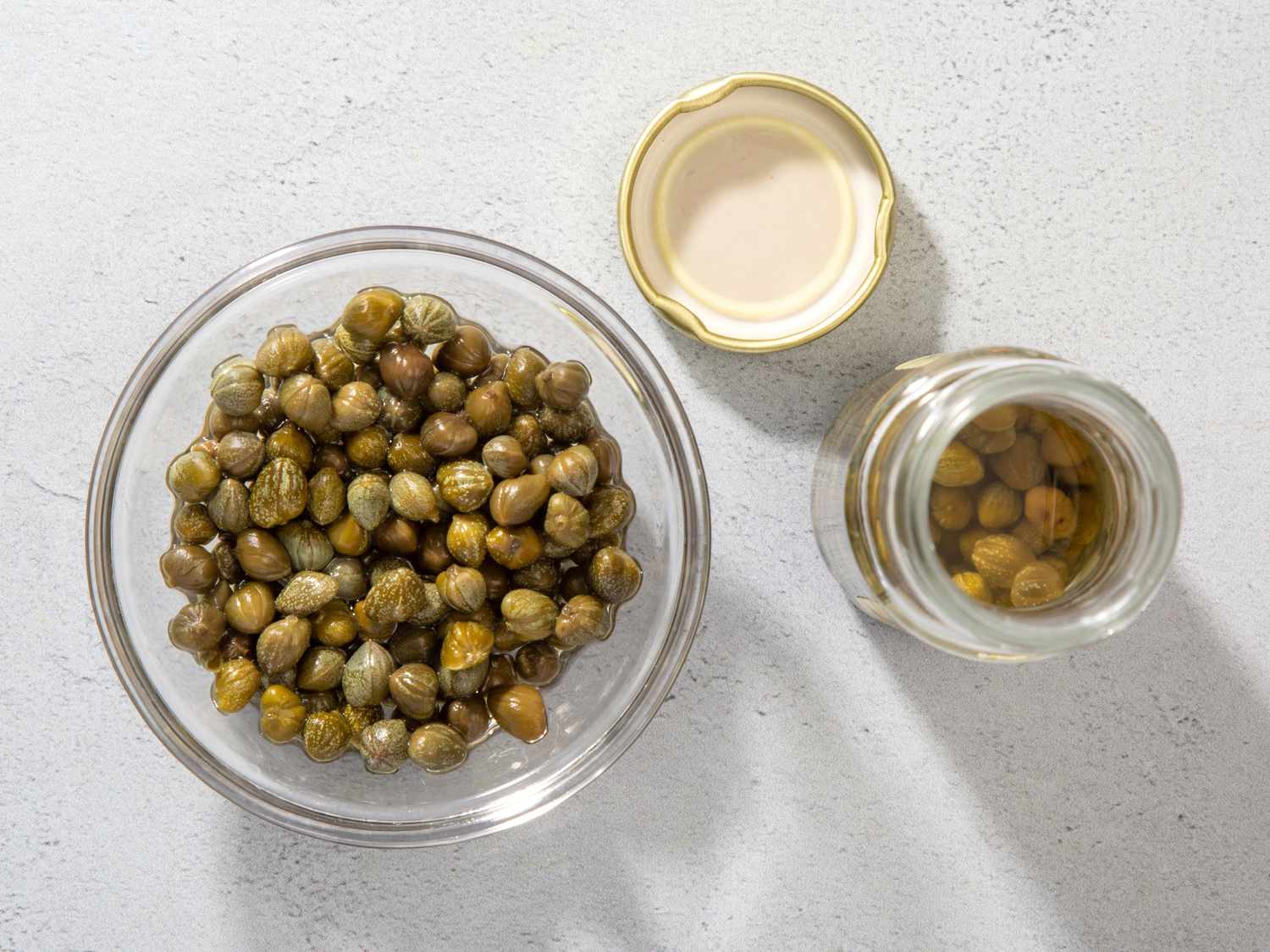
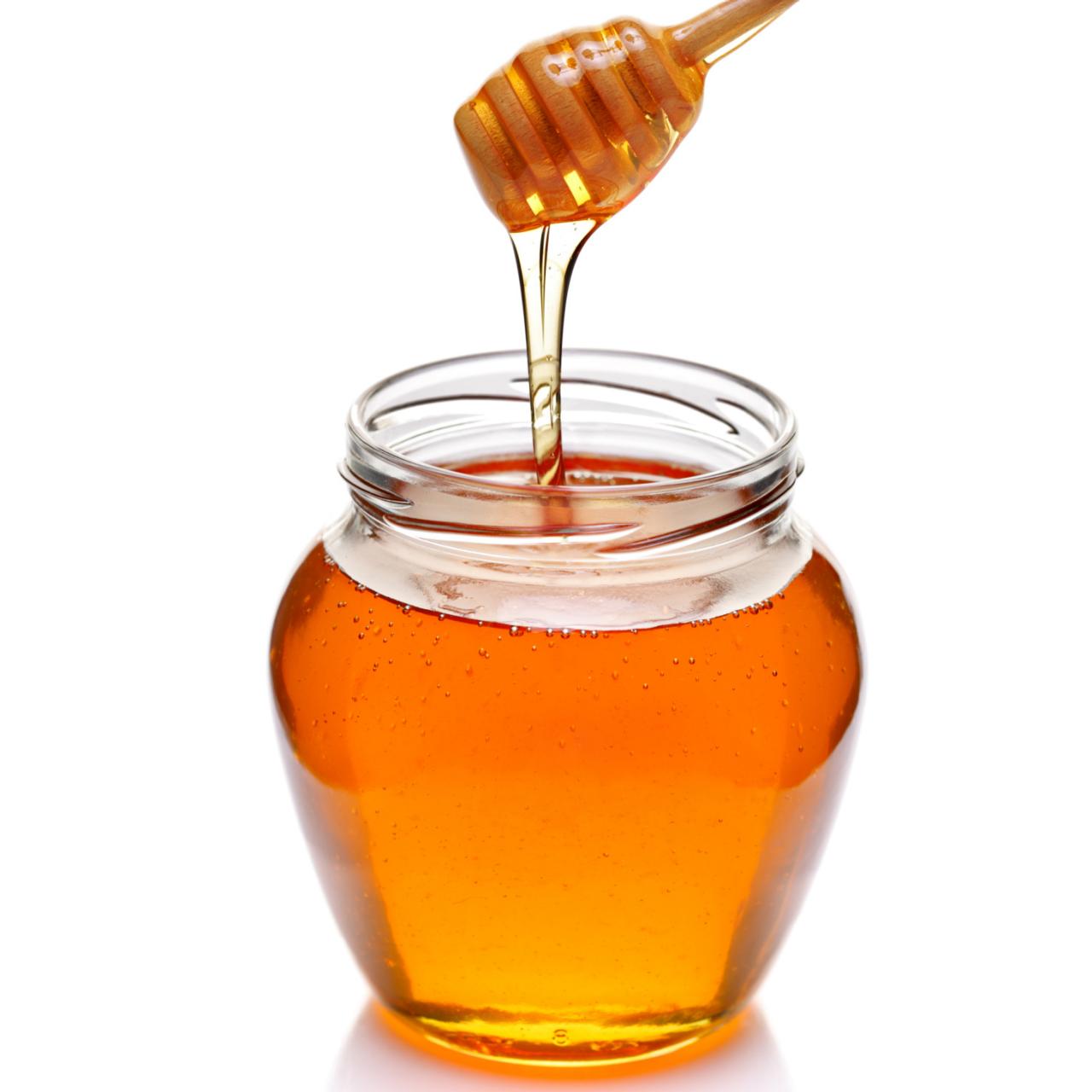
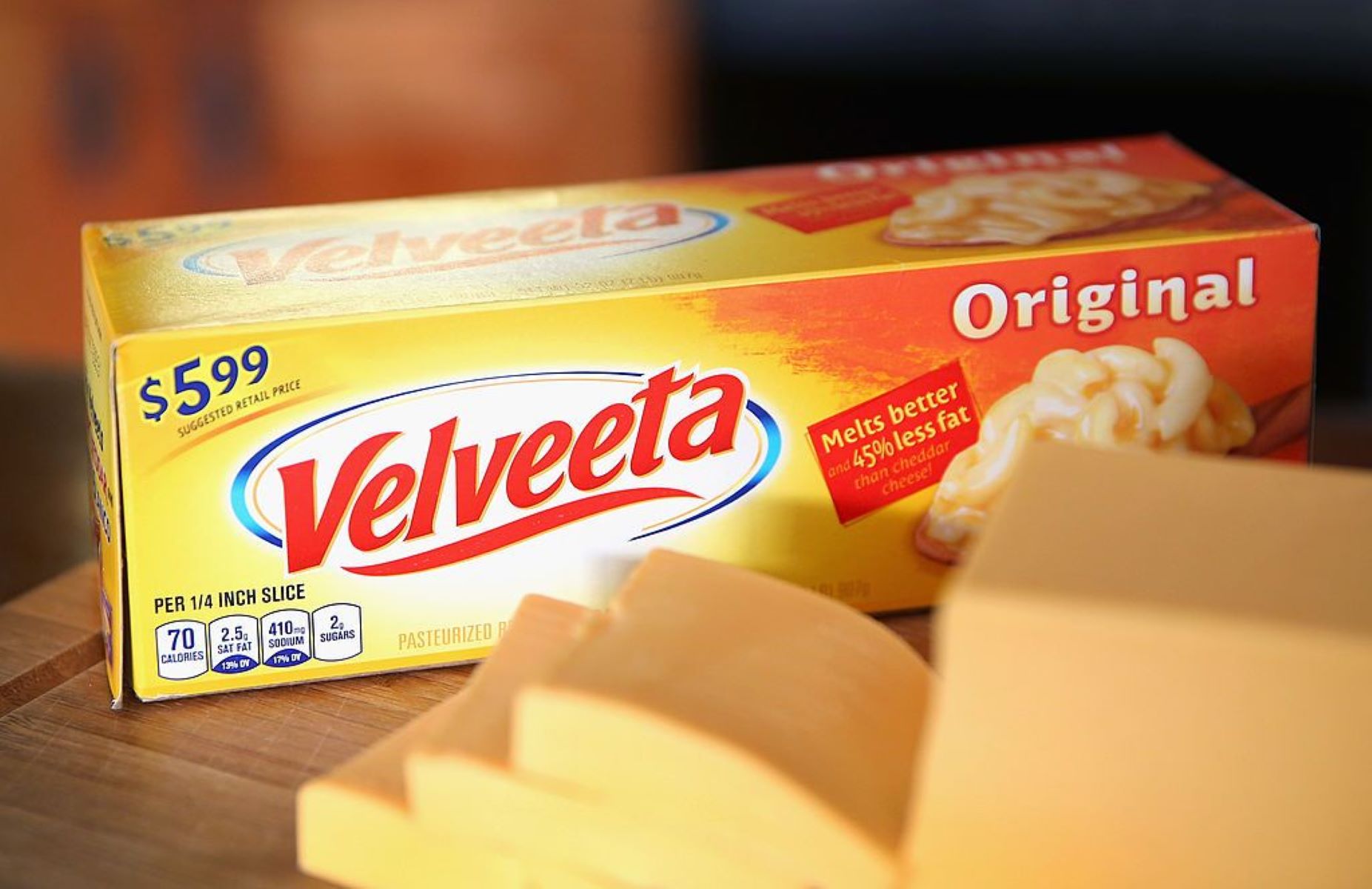
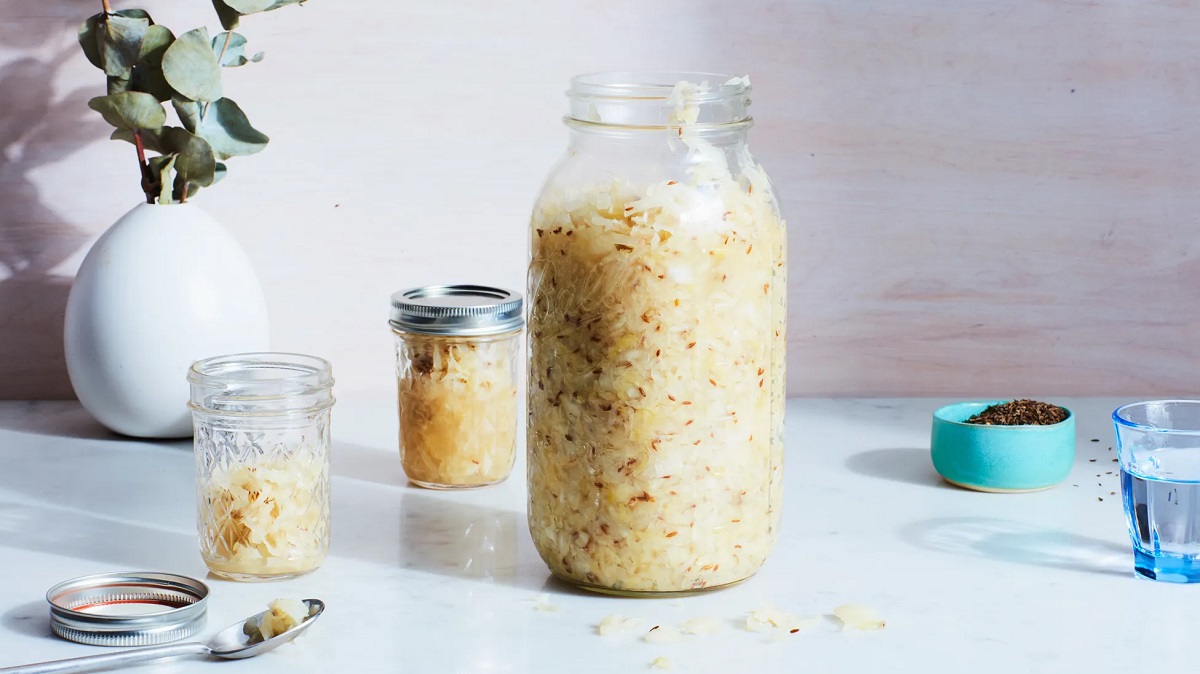
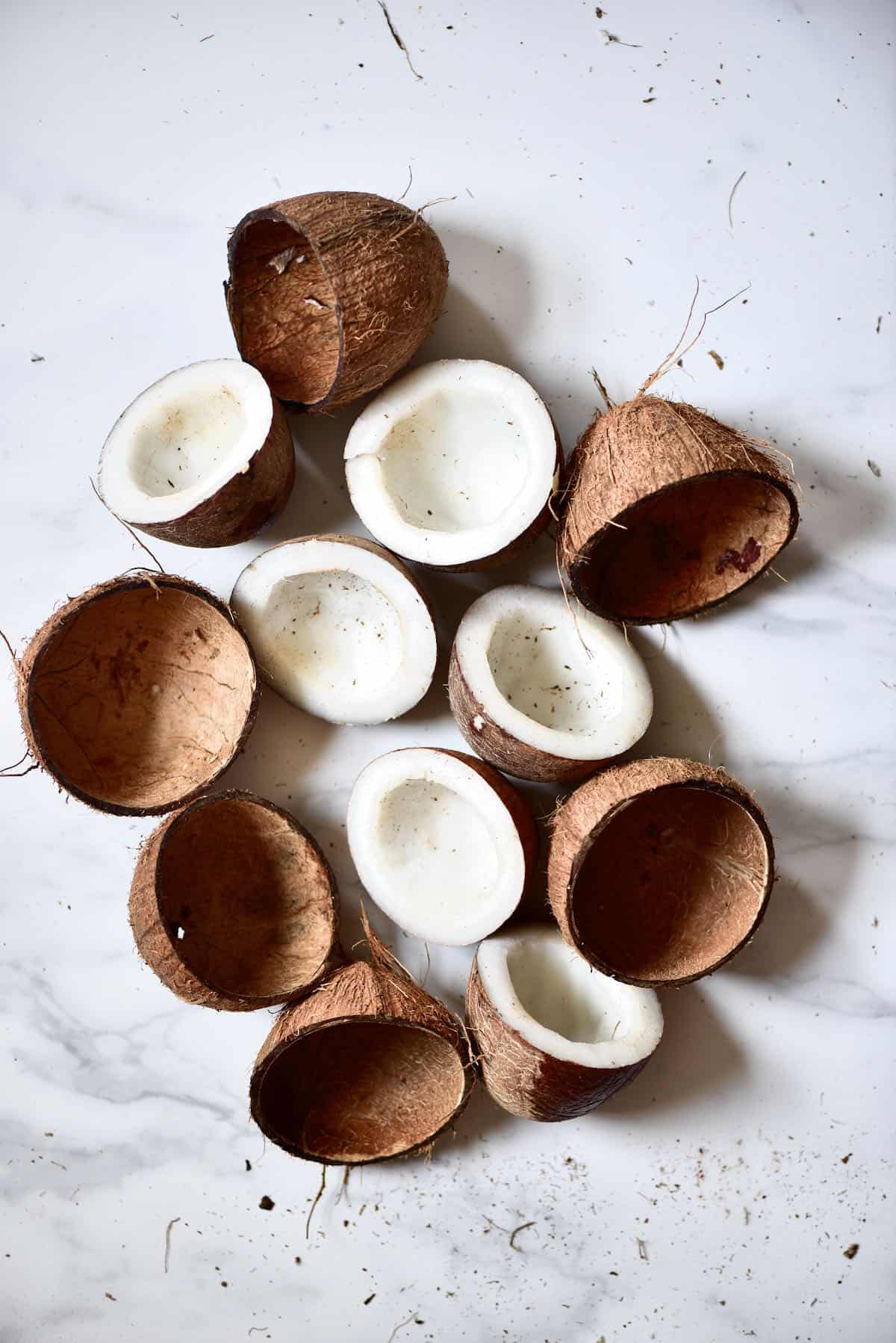






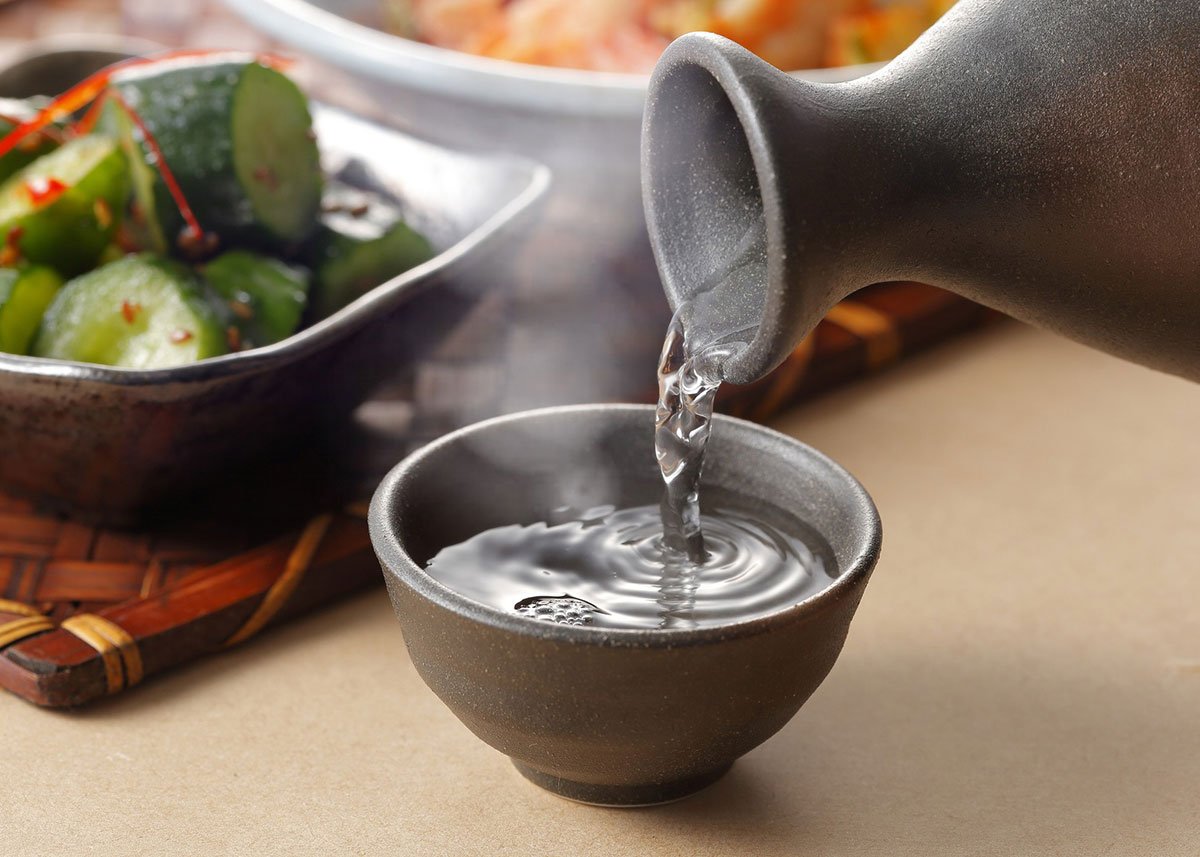


0 thoughts on “How To Store Walnuts After Opening”